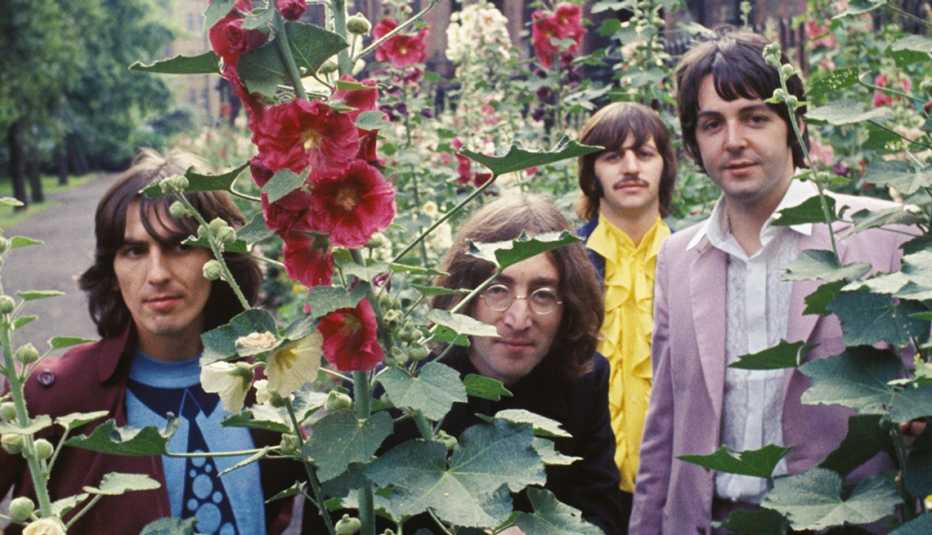Staying Fit


On Nov. 22, 1968, the Beatles unleashed The Beatles.
More commonly known as the White Album, the polychromatic, panoramic double album pinballed from the charging “Back in the U.S.S.R.” and metallic “Helter Skelter” to a playful “Rocky Raccoon,” heartfelt “Julia” and civil rights ballad “Blackbird.” It was a massive, messy and mismatched heap of Beatles’ brilliance.
Fifty years later, the White Album has been upgraded, megasized and clarified. The iconic foursome’s ninth studio album returns Nov. 9 with its 30 tracks newly mixed by producer Giles Martin (son of the late “fifth Beatle” George Martin) and mix engineer Sam Okell. The White Album reissue has been fattened with 27 acoustic demos and 50 session takes, most of which have never been released before.


AARP Membership— $12 for your first year when you sign up for Automatic Renewal
Get instant access to members-only products and hundreds of discounts, a free second membership, and a subscription to AARP the Magazine.
Martin and Okell, who also oversaw 2017’s 50th anniversary edition of Sgt. Pepper’s Lonely Hearts Club Band, worked with a team of engineers and audio restoration specialists at Abbey Road Studios in London to create the new stereo and 5.1 surround sound mixes. All the White Album material was sourced directly from original four-track and eight-track session tapes, and Martin’s mix was guided by the original stereo mix produced by his father.


Tackling the mountain of White Album tapes was not the tallest hurdle for Martin, who has worked on a variety of Beatles’ albums as well as Ron Howard’s Eight Days a Week documentary and The Beatles: Rock Band video game.
“The biggest challenge of the White Album was keeping the character of the White Album,” Martin, 49, says. “It has that unmixed quality. It needs to feel like that. It’s not too clean, not too polished. It’s not Steely Dan. And there’s a lot of technical stuff. ‘Long, Long, Long,’ for instance. That should be open in the beginning, so when the drums come and hit you in the face, it’s all beautiful. Then there’s that middle section, which is compressed, so we changed the entire nature of the mix for that, which we can do now and they couldn’t do then.”
At Abbey Road, Martin and his team continue to use much of the recording gear the Beatles actually used: Studio 3’s old REDD desk that produced Sgt. Pepper, the TG desk deployed for some Abbey Road tracks, plus the big mixing console. Enormous advances in technology have streamlined many tasks. But the machines are not Martin’s most critical asset.
“It’s important that you mix with your ears and not your technology,” says Martin, who trained early as his father’s “hearing dog,” helping him identify frequencies as his hearing failed. “At one stage on this album, I thought it sounded a bit digital. I went through the chain, and it turned out the thing that made it sound a little too modern was the Beatles’ Altec compressors we were using, which they used originally. I took them out, and it sounded less bright and fizzy.”


































































More From AARP
Roger Daltrey Knows Who He Is
The Who frontman on his new memoir and what his long career has taught him